Preventing Disasters: the Philippines’ and Japan’s Collaborative Approach
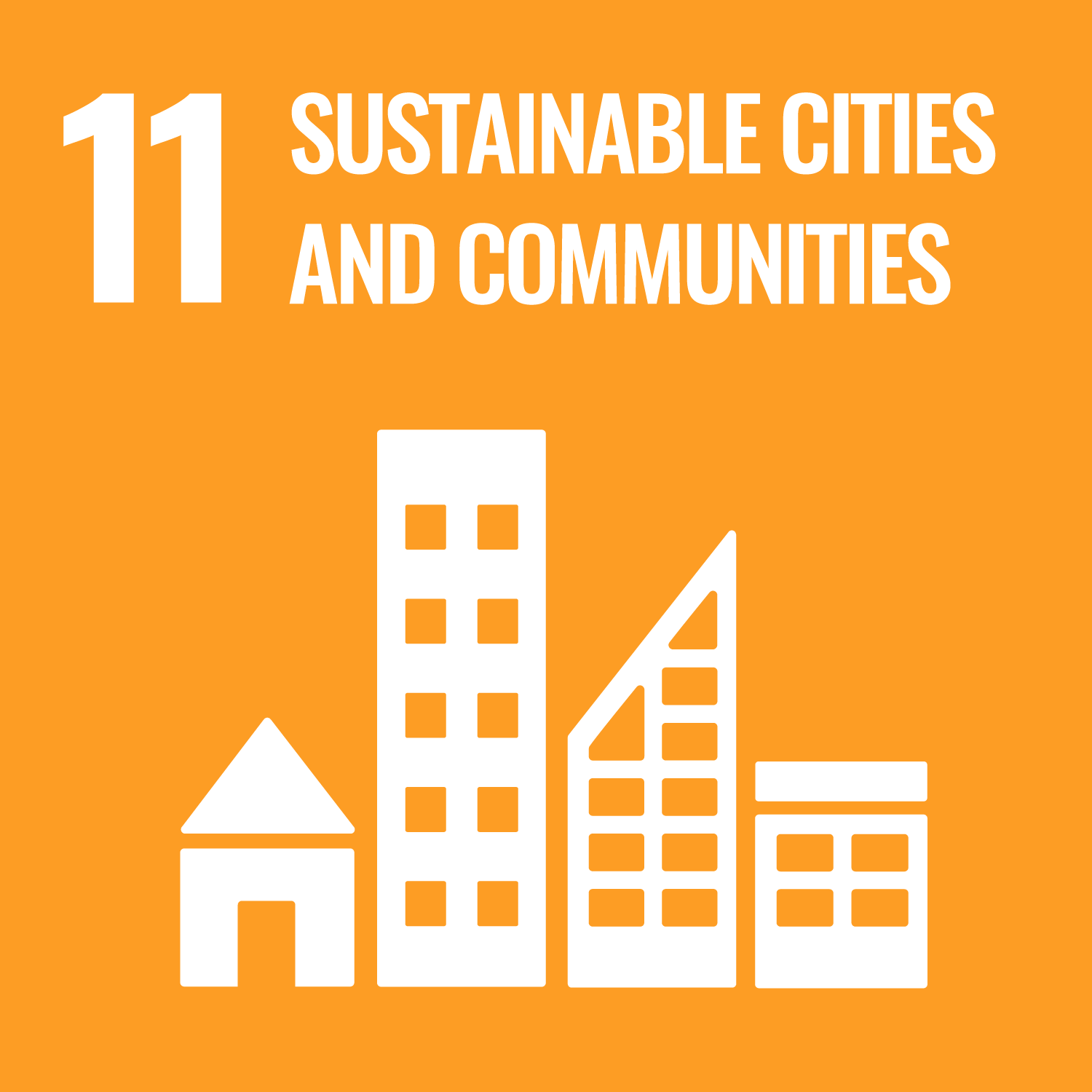
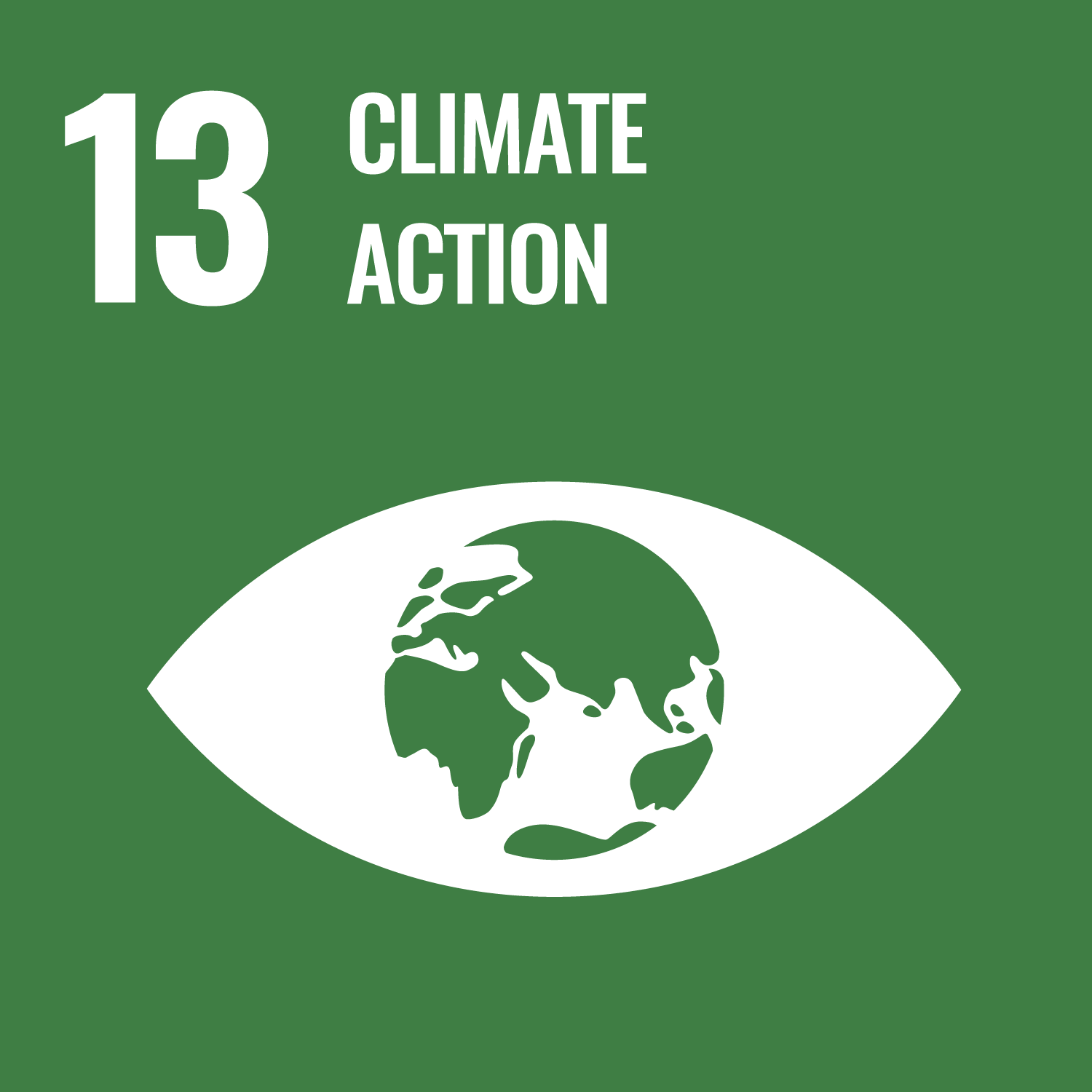
2024.02.13
Both Japan and the Philippines are disaster-prone nations. JICA has worked with the Philippines to address flood risk management for about 50 years. Ramon A. Arriola III, Project Director of the Unified Project Management Office – Flood Control Management Cluster (UPMO-FCMC) of the Department of Public Works and Highways (DPWH) in the Philippines, and Otsuki Eiji, Senior Advisor at the Disaster Risk Reduction Group of JICA’s Global Environment Department, have been deeply involved in this cross-border cooperation for decades.
These two experts draw on their deep experience and knowledge to talk about how Japanese technical and human resource cooperation has boosted flood protection, the Philippine government’s shift in thinking around disaster risk reduction spending, and future challenges in light of accelerating climate change.
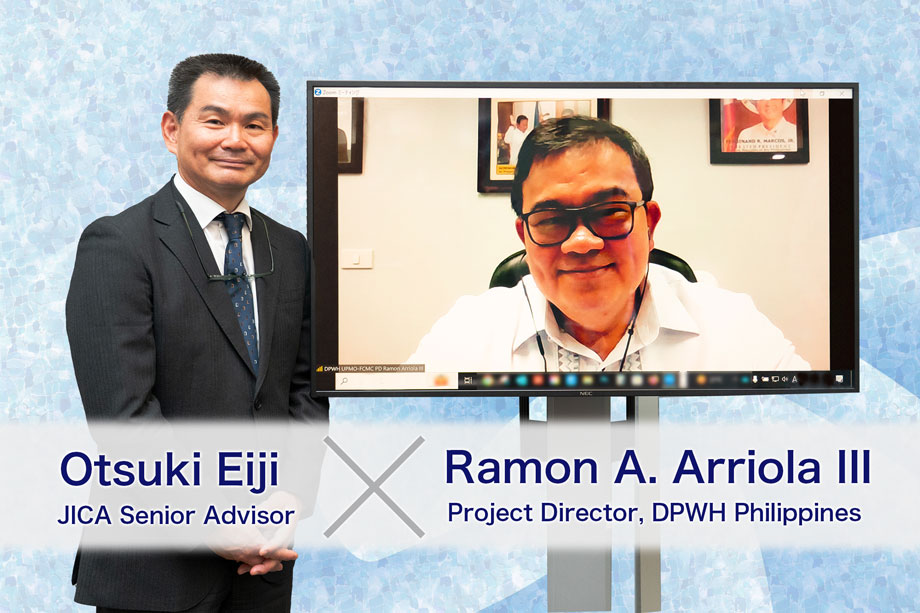
The Philippines’ rapidly expanding capital Manila, the political and economic heart of the country, is often struck by typhoons. Inadequate flood control capacity has contributed to frequent and severe damage to the metropolitan area, which is now home to some 14 million people, up from 10 million in 2000.
In addition to a growing population, increasingly heavy rainfall is intensifying the risk of flood disasters in Metro Manila year by year. To mitigate such damage, JICA has for more than 20 years been proactively supporting flood control measures on the Pasig-Marikina River that runs through the center of the metropolitan area.
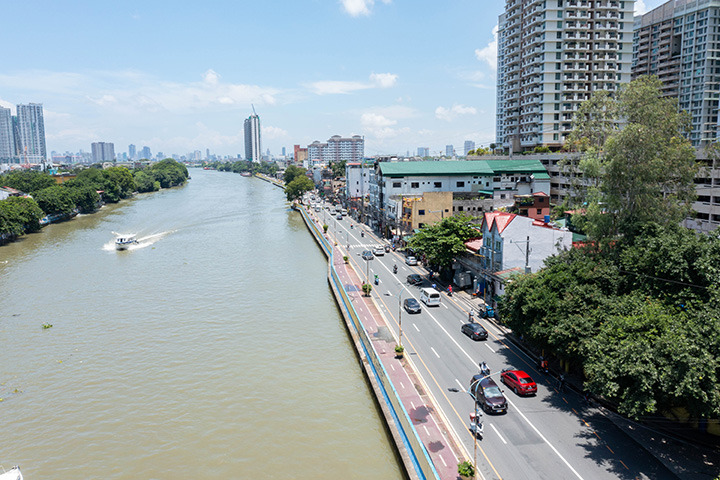
An embankment built as part of the Pasig-Marikina River Channel Improvement Project (Phase II).
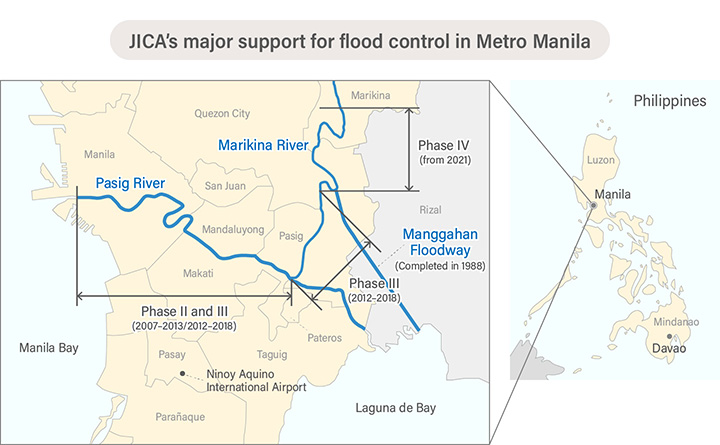
—You’ve both been involved in Japan-Philippines collaborative flood control projects over many years. What are your impressions of Japan’s technology and its way of working on projects in this field?
RAMON A. ARRIOLA III: Japan has supported the Philippine government’s flood control planning and capacity building since the 1970s. The cooperation goes back to the Manila and Suburbs Flood Control and Drainage Project in 1973, the first Japanese ODA in the history of Philippine infrastructure. The cooperation expanded to the development of the Manggahan Floodway in the 1980s, which diverts floodwaters from the Marikina River into Laguna de Bay, and the improvements of the Pasig-Marikina River from 1999.
Japan was our first, and until recently only, partner for water resource and disaster risk management. We were impressed by Japanese technology, and found engineering consultants from Japan very dependable, especially regarding innovation in the flood control sector.
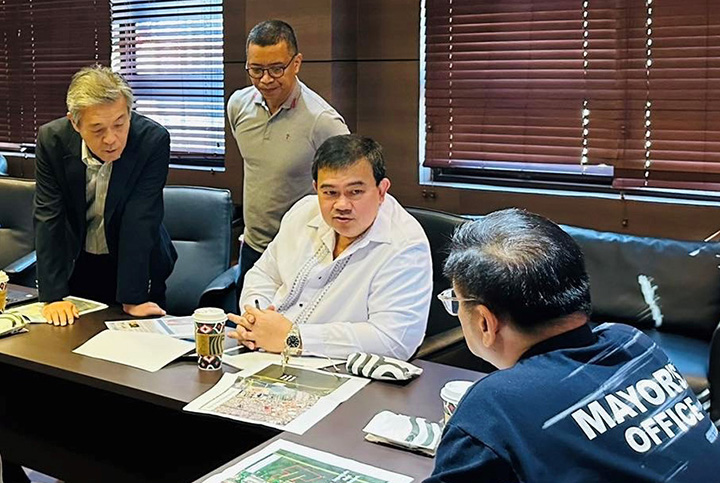
Director Arriola (center) working with Japanese consultants at the Mayor’s Office of Muntinlupa City Hall.
OTSUKI EIJI: Japan shares similar topography and land-use conditions with the Philippines, in that about 75% of its land area is mountainous, with its population concentrated on coastal plains; and it is said that about 50% of the population lives on flood plains along rivers. In addition, both the Philippines and Japan experience severe disasters, such as tropical typhoons, torrential rainfall, storm tides, earthquakes, tsunami, and volcanic disasters. In particular, huge floods caused by typhoons and torrential rainfalls affect both countries annually, so flood control measures to reduce repeated severe damage in metropolitan and other highly urbanized areas along rivers are key issues of national and regional development policy.
Japan has years of knowledge based on scientific flood risk assessments and I believe it can contribute to water-related disaster risk reduction in the Philippines because we have many commonalities.
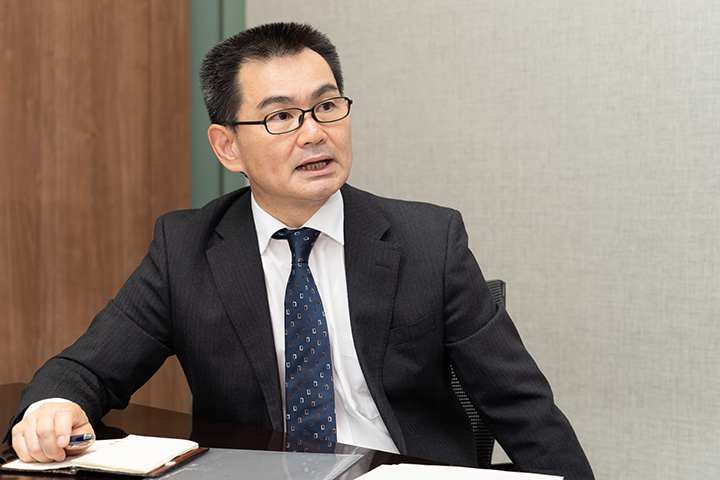
Otsuki worked for two years at the JICA Manila Office in the early 2000s, collaborating closely with the DPWH.
—How effective have the flood control projects of the DPWH and JICA been in terms of reducing typhoon damage?
ARRIOLA: Actually, the latest analysis of the effectiveness of flood control projects against river flooding has been conducted by JICA based on actual floods. For example, after the completion of the Manggahan Floodway and the Pasig-Marikina River Channel Improvement Project Phase II and Phase III, we felt the effectiveness when Typhoon Ulysses hit in November 2020. Based on our analysis, it was a 100-year flood. Without the floodway and river channel improvement, the damage would have been around 1.3 billion US dollars but due to the completion of phase II and III of the project, along with the Manggahan Floodway, it was only around 200 million dollars. More than 80% effectiveness. The number of people affected was estimated at around 30,000, but would have been approximately 1 million without the improvements.
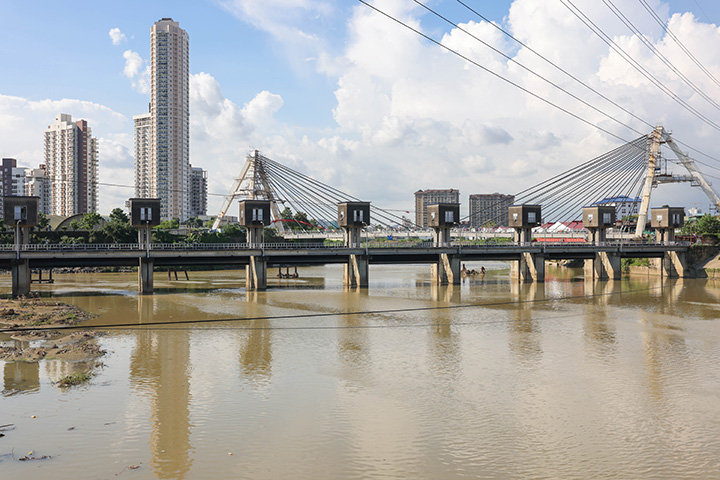
The Rosario Weir Flood Gates on the Manggahan Floodway.
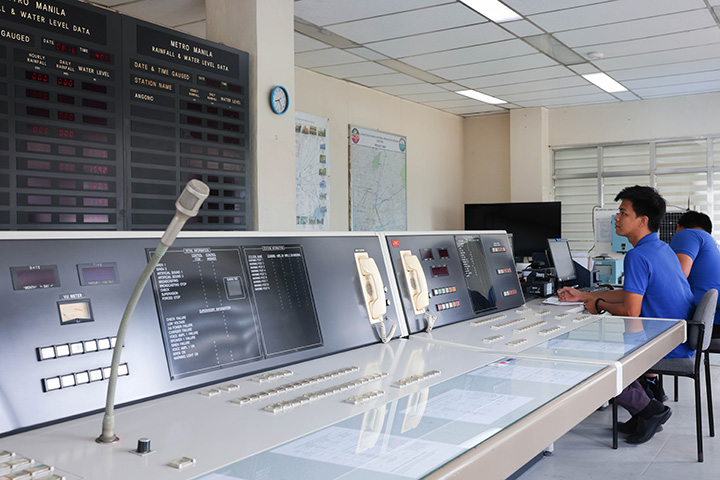
Monitoring Station with its Effective Flood Control Operation System.
OTSUKI: JICA produced a Master Plan in 1990 to prevent the repeated severe damage in Metro Manila caused by flooding from the Pasig-Marikina River, and it has become the basis of flood control in the Philippines. The key concept of the plan is to reduce peak flood flow volume of the river with three main component measures: the storage of dam reservoirs in the upstream area, flood water conveyance to Laguna de Bay in the middle area, and the upgrading of the river channel capacity in the downstream area.
The technical aspect is quite important to securing the steady improvement of flood control safety throughout the period of the projects, so I am very appreciative of the DPWH technical officials’ effort and contribution.
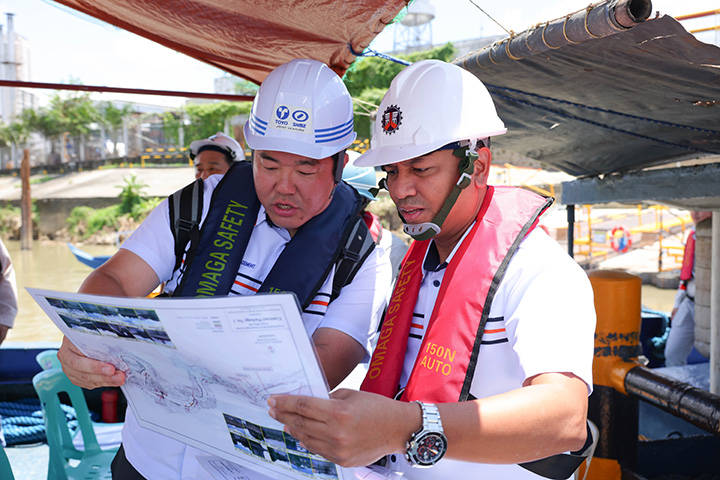
A project manager from the DPWH with a JICA expert carrying out a joint site inspection via boat.
ARRIOLA: Several DPWH technicians were trained at the Flood Control and Sabo Engineering Center (FCSEC), which was established in 1999 through support from JICA. Through the center, various guidelines have been developed; technical manuals have been produced; DPWH personnel have been trained; a damage profile database has been established; and preliminary research has been conducted. The outputs of the Project for the Enhancement of Capabilities in Flood Control and Sabo Engineering, such as the manual and guidelines for the implementation of the Flood Control Project, from planning to operation and maintenance, became the basis of our design guidelines, criteria, and standards.
The hydraulic laboratory is being utilized effectively to understand hydraulic phenomena*1 during flooding. The FCSEC was very effective in formulating those guidelines. And we now use that as training for DPWH engineers all over the Philippines.
—How has the Japanese approach to disaster prevention and reduction, in the sense that it’s seen as more of an investment than a cost, influenced the Philippines and other disaster-prone countries?
ARRIOLA: The approach to disaster prevention has definitely changed in the Philippines. Our government has significantly increased the national flood control budget over the last 12 years, from around 11.3 billion pesos (200 million US dollars) in 2011 to 185.8 billion pesos (3.4 billion US dollars) now. And the Philippine government is also emphasizing climate change because it has a great impact on agricultural production, which is vital to the country.
OTSUKI: ‘Cost’ sounds negative but we know that to secure sustainable development it is very important. Various types of natural disasters, especially water related disasters, have extremely serious consequences. So, it is not a cost but an investment for future development. This approach is now shared not only by the Philippines but by other Southeast Asian countries with heavy rainfalls.
Japan has highly urbanized areas on flood plains and has achieved economic growth while confronting natural hazards, especially floods and other water related disasters. With the belief that investment in and the installation of more resilient infrastructure will protect against fatalities and socio-economical damage, the JICA programs for disaster risk reduction, based on Japanese experience, have produced remarkable results in the Philippines and other countries.
—How is the "Build Back Better" post-disaster philosophy, an approach Japan has believed in for a long time, now seen around the world?
OTSUKI: Generally speaking, disaster risk is increasing because of unregulated urban development without adequate disaster risk reduction plans and measures in rapidly developing countries. So, the philosophy of “Build Back Better” and the construction of a more disaster-resistant society is crucial. And in the future, climate change will compound the effects of disasters, with a higher frequency and magnitude of extreme weather events.
ARRIOLA: Based on the Japanese philosophy, the government’s infrastructure investment program has been renamed “Build Better More” because BBM is the acronym of the name of our president, Ferdinand “Bongbong” Marcos, Jr.
And in the Philippines, the National Economic and Development Authority created a long-term vision in 2015 called AmBisyon Natin 2040 (Our Ambition 2040). The vision starts with the statement that by 2040, Filipinos should enjoy a strongly rooted, comfortable, and secure life.
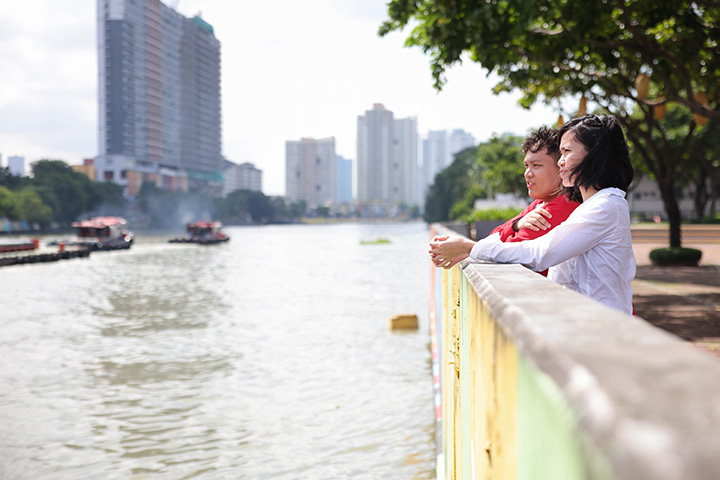
Collaboration between JICA and the DPWH continues to protect local peoples’ lives and livelihoods.
To realize the goal of AmBisyon, my office will strive to forcefully advance flood control activities in 18 major river basins. This endeavor is quite tough and will require understanding from citizens for the significant budget, taking into consideration the natural environmental conditions due to climate change. In this context, we want to keep the strong connection between the Philippines and JICA to allow for more technical cooperation.
OTSUKI: I think that the experiences of Japan will continue to be useful in the Philippines in water-related disaster risk reduction because we have similar conditions regarding severe natural disasters. And furthermore, in consideration of the uncertainties of future climate change impacts, it is important to work as a partner with the Philippines in implementing and developing technologies for advanced facility installation, updates, operation, and maintenance.
In addition, I’d like to ask the Philippines to share their excellent efforts toward and knowledge regarding the realization of building resilient foundations to save lives in other developing economies.
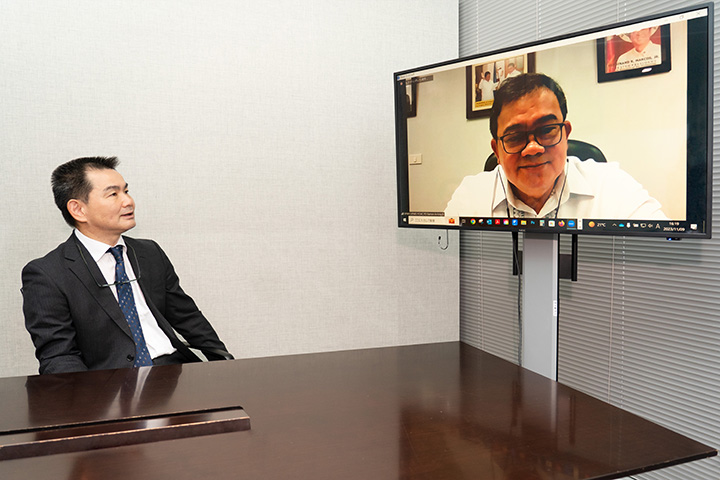
—Climate change has been advancing more rapidly than expected. How can you respond to that?
OTSUKI: I think we need some options to extend the capacity of projects, such as increasing the volume of reservoirs or building storage facilities in urban areas. And collaboration with urban and infrastructure planning departments is very important. To protect every city, highway, and of course hospital or the like, from flood water, organization across sectors is vital.
ARRIOLA: The PAGASA Rainfall gauging station in Clark, Pampanga has monitored up to ten times the volume and intensity of rainfall compared to ten years ago. During the recent typhoons Falcon [Khanun] and Egay [Doksuri], Bulacan and Pampanga provinces were maybe 60 to 70% inundated. We need to change the design criteria for flood control in the Philippines, especially for urban drainage. Our drainage system is only designed for a five to ten-year flood, but we really need to change this to be suitable for 50-year floods to address the impact of climate change. But the Philippine government doesn’t have enough resources, so we hope to continue our collaborative efforts with the Japanese government, and to have JICA’s technical cooperation, in order for us to upgrade our standard design criteria in implementing flood control projects.
scroll